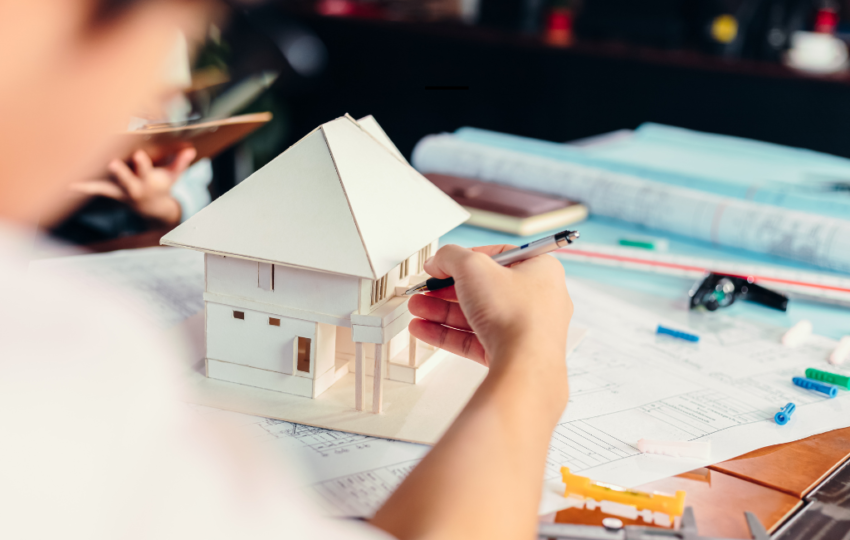Architect Masterpieces: Shaping the Future
Architecture has always been a reflection of human ingenuity and creativity. As we move further into the 21st century, the role of architecture in shaping our future becomes increasingly significant. This article explores some of the most groundbreaking architectural masterpieces that are setting new standards and influencing the future of design and construction.
Innovative Materials and Sustainable Design
One of the most exciting trends in modern architecture is the use of innovative materials and sustainable design practices. These advancements are not only enhancing the aesthetic appeal of buildings but also making them more environmentally friendly.
Case Study: The Edge, Amsterdam
The Edge in Amsterdam is often cited as one of the most sustainable office buildings in the world. Designed by PLP Architecture, this building uses a combination of solar panels, rainwater harvesting, and smart technology to minimize its environmental impact. The Edge has achieved a BREEAM rating of 98.36%, the highest ever awarded.
- Solar panels cover the roof and south-facing walls.
- Rainwater is collected and reused for flushing toilets and watering plants.
- Smart technology adjusts lighting and temperature based on occupancy.
Blending Tradition with Modernity
Another fascinating aspect of contemporary architecture is the blending of traditional elements with modern design. This approach not only preserves cultural heritage but also introduces innovative solutions to age-old problems.
Case Study: Louvre Abu Dhabi
The Louvre Abu Dhabi, designed by Jean Nouvel, is a perfect example of this blend. The museum’s design incorporates traditional Arabic architectural elements while using modern materials and techniques. The dome, inspired by the interlaced palm leaves traditionally used in roofing, creates a ‘rain of light’ effect, providing natural illumination while reducing heat.
- The dome is made of 7,850 unique metal stars.
- The structure provides shade and reduces the need for air conditioning.
- The museum is built on a man-made island, integrating with its natural surroundings.
Vertical Cities: The Future of Urban Living
As urban populations continue to grow, the concept of vertical cities is gaining traction. These architectural marvels aim to maximize space efficiency and create self-sustaining communities within skyscrapers.
Case Study: Bosco Verticale, Milan
Designed by Stefano Boeri, Bosco Verticale in Milan is a pair of residential towers that incorporate over 900 trees and 20,000 plants. This vertical forest not only enhances the aesthetic appeal but also improves air quality and provides natural insulation.
- The towers house 400 residential units.
- The vegetation absorbs CO2 and dust particles.
- The plants provide natural insulation, reducing energy consumption.
Smart Cities and Technological Integration
The integration of technology in architecture is revolutionizing the way we live and work. Smart cities are being designed to enhance the quality of life through efficient resource management and improved connectivity.
Case Study: Songdo International Business District, South Korea
Songdo International Business District is a prime example of a smart city. Built from scratch on reclaimed land, Songdo incorporates cutting-edge technology to create a highly efficient urban environment.
- Ubiquitous Wi-Fi and sensor networks monitor and manage resources.
- Automated waste collection systems reduce the need for garbage trucks.
- Smart grids optimize energy consumption and reduce waste.
Adaptive Reuse: Breathing New Life into Old Structures
Adaptive reuse is an architectural approach that repurposes old buildings for new uses. This not only preserves historical structures but also reduces the environmental impact of new construction.
Case Study: Tate Modern, London
The Tate Modern in London is a stellar example of adaptive reuse. Originally a power station, the building was transformed into a world-renowned art gallery by Herzog & de Meuron. The architects retained much of the original structure, including the iconic chimney, while adding modern elements to create a unique cultural space.
- The original turbine hall is now a vast exhibition space.
- The new Switch House extension adds additional gallery space.
- The building’s industrial aesthetic has been preserved and celebrated.
Conclusion
Architectural masterpieces are not just about aesthetic appeal; they are about innovation, sustainability, and improving the quality of life. From the use of cutting-edge materials to the integration of smart technology, these buildings are setting new standards and shaping the future of architecture. As we continue to face global challenges, the role of architecture in creating sustainable, efficient, and beautiful spaces will only become more significant.
